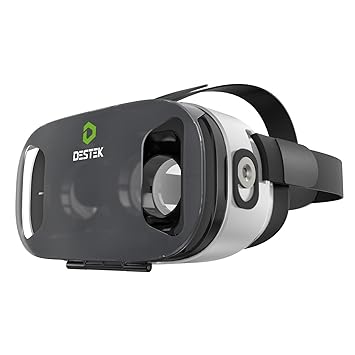Before we begin let’s start off by stating that the following is my own experience and not a recommendation, also this post is not going to talk all things ‘Hue’ but will focus on the ‘basics’ to get up and running. Firstly you are going to need a bridge (version 2.0 for HomeKit compatibility) this can be purchased separately but can be cheaper if bought as a starter kit – the Hue White and Colour Ambiance kit will effectively give you 3 lamps and a free bridge for instance in either BC or ES fittings, this is where I started and it is certainly fun to mess around with the colour options.
The following lamps, and hub, are your basic options (you can get light strips and desk/floor lamps but we will not be talking about those in this post directly). All devices are Energy Class A+ Rated.
- Hue Bridge 2.0 @£50
- Hue White and Colour Ambiance – 16.8 million colours, lamp temperature range of warm white (2200K) to cool white(6500K) light & dimmable
- E27/ES or B22/BC (10W) @£50
- E14/SES (6W) @£50
- GU10 (5.5W) @£50
- Hue White Ambiance – lamp temperature range of warm white (2200K) to cool white(6500K) light & dimmable
- E27/ES or B22/BC (9.5W) @£25
- E14/SES (6W) @£30
- GU10 (5.5W) @£25 (or x2 for £44)
- Hue White – dimmable
- E27/ES or B22/BC (9.5W) @£15
Why did I decide to upgrade to smart lamps? well curiosity and the fact that the E14 lamps I was using were costing me £6 a time and were blowing out at one-a-month and the cost of changing fittings and purchasing lamps would be cost effective – not to discuss the energy savings. Also smart lamps are a cheap and easy way to move into the Smart Home experience. The great thing about Philips Hue is that they are well established, are easy to expand beyond any initial purchase and fall into a number of Smart eco-systems – Amazon Alexa, Apple HomeKit and Google Home. So you can use or move between different control systems should you wish to.
So what lamps should I purchase? well let’s do a quick calculation based on fittings already downstairs:
- Lounge: 3 x B22 ceiling / 3 x B22 floor lamps
- Dining room: 10 x E14 ceiling
- Kitchen: 3 x E14 ceiling
- Utility: 4 x GU10 ceiling
Now given when I started this journey the E14 lamps did not exist until April 2017 so I was going to have to change the fittings in the dining room and kitchen but for the purposes of this post (if E14’s were available) the cost of upgrading to colour lamps would be £1,150 (23 Lamps x £50 = £ 1,150).
Burning an astonishing 1111 Watts for all the rooms main lights and table/floor lamps, mainly due to lack of natural lighting lights in the kitchen and utility are on throughout the day, I have now reduced it down to a highly respectable 97W and with utilising the smart abilities of the lighting through timers and sensors this should further reduce costs. The reduction in part was by needing to replace multiple E14/SES up lighter fittings with singular E27/ES downlighters. My cost for lamps ended up being a respectable £300, this may seem a lot but keep in mind the abilities of the smart lamps that I did not have before. I now have three colour floor uplighters in the lounge for those cosy movie nights, three ambience or the lounge ceiling and the rest as white only. We only (currently) really use the coloured Hue’s to set a movie night theme of blue, currently the ambience Hue’s are not fully utilised.
I learnt some important lessons along the way and would recommend based upon my experience:
- Only purchase lamps that give you the functionality you would really use, I’m not interested in turning my utility room into various shades of green or even having a cool white spectrum
- E27/ES (Edison Screw) fittings are a lot more common than B22/BC (Bayonet Cap) – You can purchase E27/ES to B22/BC adapters but not B22/BC to E27/ES
- You can purchase splitters to convert 1xE27/ES to 2xE27/ES (but you would need room in any fitting for the extra lamp addition)
- Wait until there is a special on the hue starter kit – they can go as low as £125, and the ambience have reached as low as £18. You don’t have to buy everything at once!
Interested in using Homekit in the UK? visit & join https://www.facebook.com/groups/homekituk/






